Our space neighbor the Moon is drifting away from us at about 1.5 inches (3.8 centimeters) per year. This gradual slippage is significant, has been meticulously measured and studied, and has substantial implications for life on Earth. Although it may not affect us immediately, the Moon’s departure brings noteworthy changes to our planet’s environment and timekeeping.
Lunar Recession History
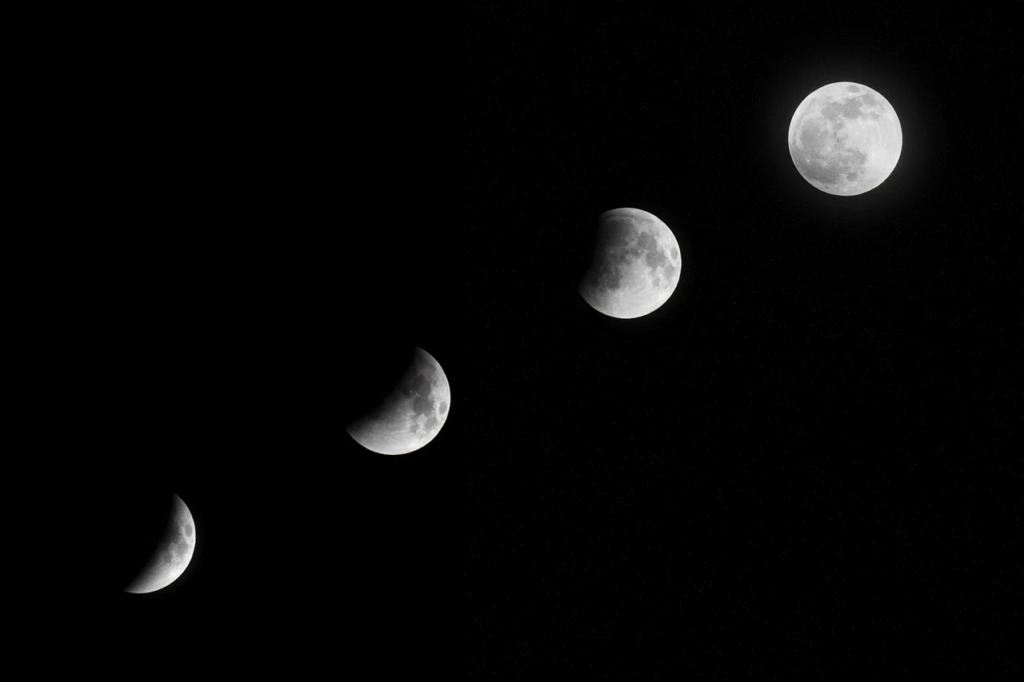
The Moon originated from a colossal impact of rocky material with Earth about 4.5 billion years ago. Initially, the Moon’s orbit was much closer to Earth, resulting in days that lasted only about four hours. Over time, the Moon has been moving away, initially at a rate of about 8 inches (20 centimeters) per year, but has now slowed down.1 This drift has been confirmed with laser measurements from reflectors left on the Moon by the Apollo missions. But even to a lesser degree, the Moon is drifting away from us.
Why The Moon is Drifting

The primary reason for the Moon’s drift is gravitational interactions. Both Earth and the Moon exert gravitational forces on each other, with the Moon’s pull coming through in ocean tides on Earth. This tidal force, however, is not perfectly synchronized with the Moon’s position, causing a frictional drag that slows Earth’s rotation and, in turn, allows the Moon to drift further away. NASA explains that this intricate gravitational dance will result in the Moon’s eventual escape.
Implications for Earth’s Time and Climate

As the Moon is drifting, Earth’s rotational speed continues to decrease, making days longer. For instance, 1.4 billion years ago, a day on Earth was just 18 hours long.2 This slowing rotation is akin to a figure skater extending their arms, which causes a deceleration in their spin. This increasing day length is directly linked to the Moon’s recession.
Impact on Tides and Marine Life

The Moon’s gravitational pull on Earth’s tides is significant. Higher tides are directly correlated with a closer Moon, and since the Moon is drifting, tides will become less extreme. This reduction in tidal activity can disrupt coastal ecosystems that depend on the regular ebb and flow of the tides for their survival.
Effects on Earth’s Rotation and Axis
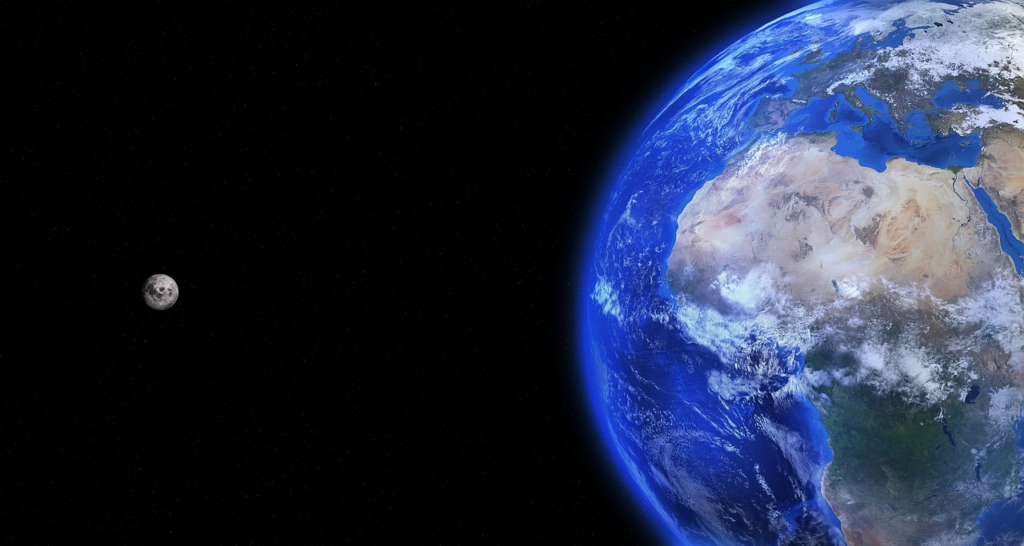
The Moon also stabilizes Earth’s axial tilt, which governs our seasons. If the Moon is drifting, it will lead to greater variations in Earth’s tilt, resulting in more extreme seasonal changes or even the loss of seasons altogether. This instability would have profound effects on global climates and weather patterns.
The End of Total Solar Eclipses
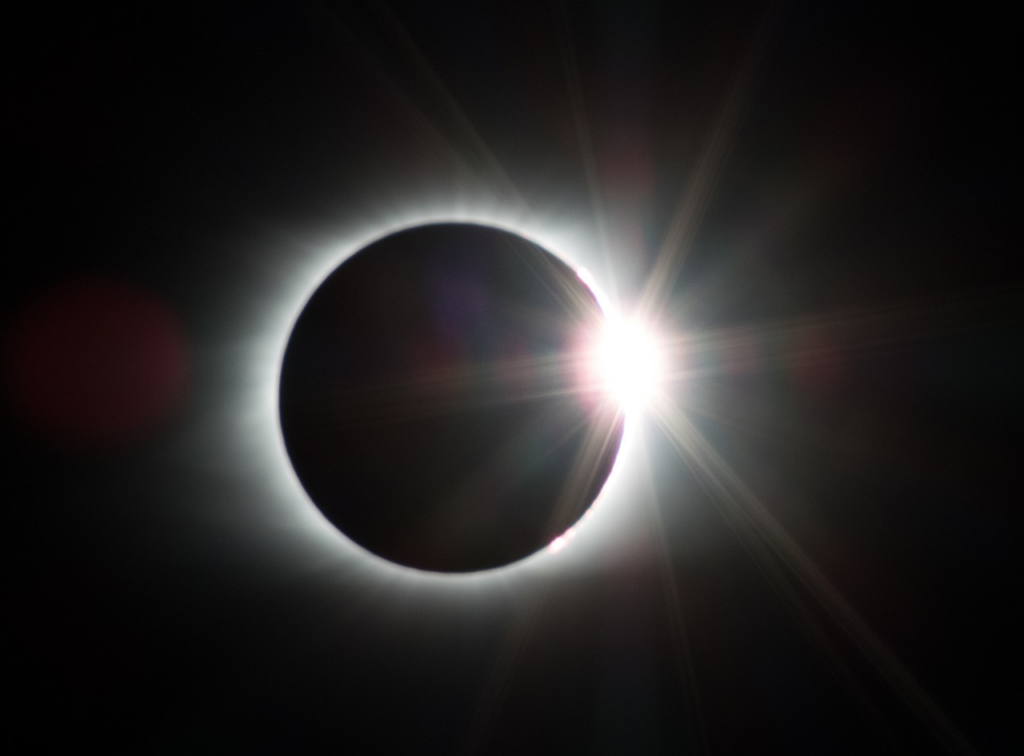
One of the most visually dramatic consequences of the Moon’s recession is the eventual end of total solar eclipses. Currently, the Moon can completely cover the Sun due to their relative sizes and distances from Earth. However, as the Moon is drifting further away, it will no longer be able to fully obscure the Sun, leading to only partial eclipses.3 Scientists predict that in about 600 million years, total solar eclipses will be a phenomenon of the past.
Geological and Astronomical Studies
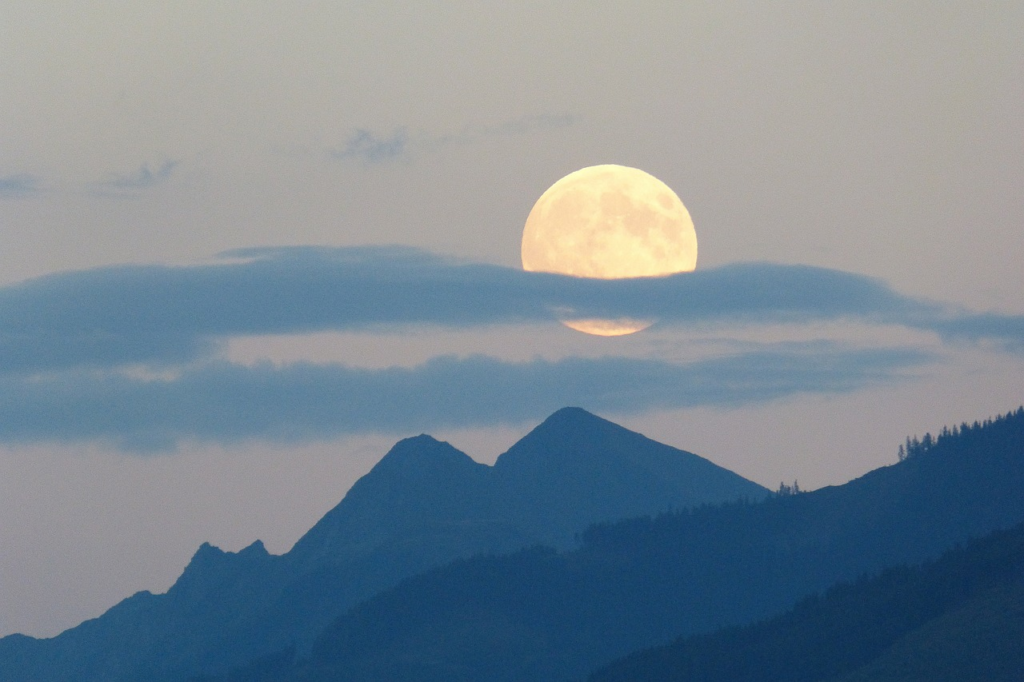
Research on ancient rock formations, like the Karijini National Park in Australia, has provided insights into the Moon’s historical recession rates. These studies help scientists understand the past dynamics of the Earth-Moon system by analyzing sediment layers that reflect climatic and orbital changes over billions of years.4 This research is crucial for developing accurate models of the solar system’s evolution and the Moon’s influence on Earth’s geological and climatic history.
Conclusion
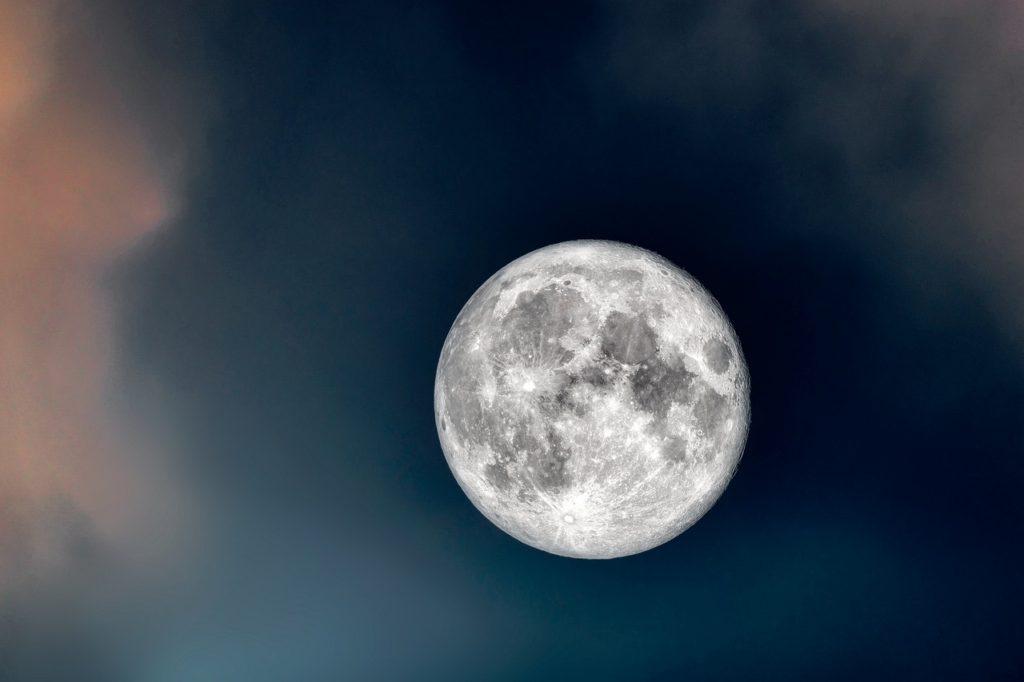
The Moon is drifting slowly but surely away from Earth. This phenomenon is more than just a celestial curiosity; it has serious impacts on our planet’s rotation, tides, climate, and even the length of our days. As scientists continue to study this phenomenon, we gain a deeper understanding of the intricate relationships within our solar system and how they shape the world we live in. While these changes unfold over extremely long periods of time, they remind us of the ever-evolving nature of our universe.





